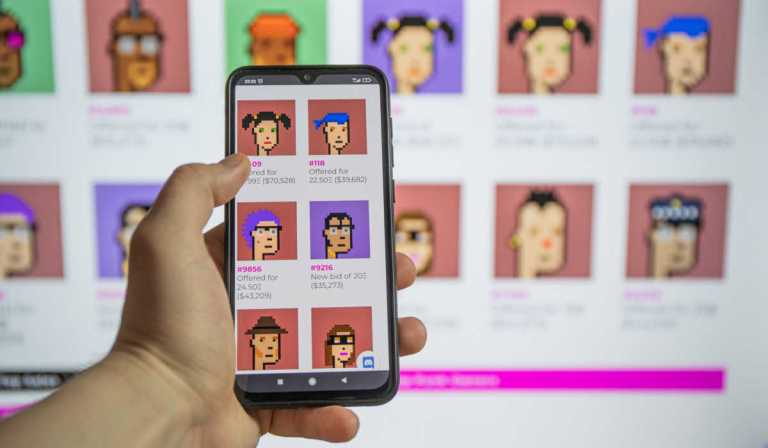NFT Weekly: Top Bid on Ethereum Merge Token Minted for $50K Is $268

Someone just paid nearly $50,000 to mint an enormous nonfungible token (NFT) of the last block on the Ethereum chain before it switched over to the more environmentally friendly Ethereum 2.0 blockchain on Sept. 15.
The current high bid? $268.29.
Read more: What the Ethereum Merge Didn’t Do
To be fair, the 10 bids reached as high as 20 ether, or ETH, which was $28,800, but that bid expired.
Does that mean the NFT craze is over?
Not necessarily. A Bored Ape Yacht Club avatar NFT sold earlier today (Sept. 20) for more than $204,000, and the 10 highest NFT sales over the past 24 hours totaled more than $1.2 million, according to DappRadar.
But is does suggest that the willingness to buy one-off “event” NFTs has not improved much since April, when crypto entrepreneur Sina Estavi, who in 2021 paid $2.9 million for an NFT of Twitter founder and former CEO Jack Dorsey’s first tweet got a high bid of $528.
See also: Pop Goes the NFT Bubble? Jack Dorsey Sold His First Tweet for $2.9M. The Buyer Was Just Offered $528
There are some differences, notably in the cost of creating, or minting, the NFT. While minting NFTs generally costs somewhere in the range of several dollars to several hundred dollars, although $25 to $75 is fairly common.
In this case, the fee was enormous because the entire NFT of the last Bitcoin-style proof-of-work (PoW) block was placed on the blockchain, whereas most NFTs don’t include the actual image, video, audio or text file, but rather a link to it hosted in the cloud or on a server —which brings the permanence of non-fungible tokens into question, as losing that file would effectively ruin the NFT.
Related: What do You Get When You Buy an NFT? Less Than You Think
And because the NFT was an entire Ethereum block, the NFT took up a full block.
The first block of the new Ethereum 2.0 blockchain was also used for NFTs of the transition block of The Merge, and cost more — more than $60,600 according to Decrypt — but at least it was for a block of 100 NFTs.
Mind you, $1,485.87 is the highest bid so far on the Ethereum NFT marketplace OpenSea.
MoMA Looking at NFTs
Maybe someone should mention that to New York City’s Museum of Modern Art (MoMA), which is deaccessioning and selling some $70 million worth of works from its collection to buy more digital art.
See more: NFT Series: From Famous Artists to Forgers, the Art World Embraces NFTs
MoMA director Glenn Lowry told The Wall Street Journal that it will auction off works by artists including Picasso, Renoir and Rodin, and is considering including some NFT works.
Read also: Jeff Koons’ Art Is Headed to the Moon but Will NFT Buyers Follow?
It has held off so far, Lowry said, in large part because the museum is “conscious of the fact that we lend an imprimatur when we acquire pieces.” But, he added, “that doesn’t mean we should avoid the domain.”
The NFT industry broke into the public consciousness in February 2021, when digital artist Mike “Beeple” Winkelmann sold an NFT work for nearly $69 million at Christie’s, making it the third highest priced work by a living artist.
Play the Game
The PGA Tour has linked up with legendary quarterback and FTX crypto exchange spokesman Tom Brady’s Autograph NFT marketplace, selling NFTs with content from its archive of player video and data, CoinDesk reported. All revenue will go to players, the Tour reportedly promised.
And on Sept. 15, Epic Games, developer of Fortnite — which is being transitioned from a massively multiplayer online (MMO) game into a non-blockchain and non-NFT metaverse — added its first NFT-inclusive, blockchain-based title, Mythical Games’ Blankos Block Party.
Meanwhile, a director of gaming-focused blockchain developer Oasys told Cointelegraph that its Japanese game developer partners including Bandai Namco, Sega and Square Enix have a long-term vision for blockchain-based gaming.
“We have a shared vision about blockchain at the executive level,” Ryo Matsubara said. “They don’t [want to] change that policy. They really understand the future adoption of blockchain. They’re not thinking about, you know, just the revenue, they want to create the next future [of gaming].”